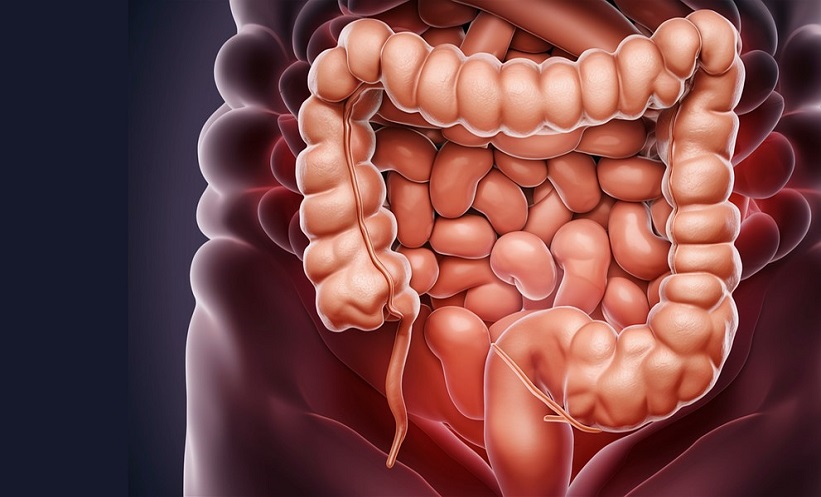BACKGROUND AND AIMS
The aim of the study was to establish a quali-quantitative fluoroscopic severity assessment for achalasia, comparable to the equivalent clinical Eckhard scoring system (ESS).
MATERIALS AND METHODS
From September 2020–August 2022, 69 patients already diagnosed with achalasia, and scored with ESS, were recruited and evaluated with the authors’ fluoroscopy barium protocol. The anteroposterior (AP) sequence was used to divide the oesophagus into nine segments, according to Brombart’s classic description, plus the gastro-oesophageal junction. Three scoring items were chosen, after a profiling study of achalasia, to depict the features, some mutually exclusive, of the three clinical subtypes: lumen dilation, stasis, and spasm. Each oesophageal segment was scored for the three items (1 point given if the item was present; 0 points given if no item). The In Vivo Assessment of Achalasia (IVA) score was calculated by summing points up, until a maximum of 20 points for each subtype was reached. IVA scores were then normalised on a 0–12 scale to be compared to ESS.
RESULTS
IVA and ESS scores were not found to be statistically diverging in 60/69 patients (86.95%; p=0.05). IVA scores were diverging, and superior to ESS in 6/69 patients (8.69%); in this group of patients, the ESS ‘chest pain’ and ‘weight loss’ items were found to be biasing factors. IVA scores were inferior to ESS in just 3/69 patients (4.34%). In all patients with a diverging IVA score (9/9), ESS scores were found to be lower than 6/12.
CONCLUSION
IVA score was found to be consistent and compatible with ESS scores, especially in patients with moderate-to-severe achalasia.
The apparent superiority of imaging scores in a small proportion of patients might instead be used as a revealing tool to call out patients in which the ESS does not reflect the disease’s severity, due to internal biases.







